Plant Begonias in Your Garden: [Step by Step + Care]
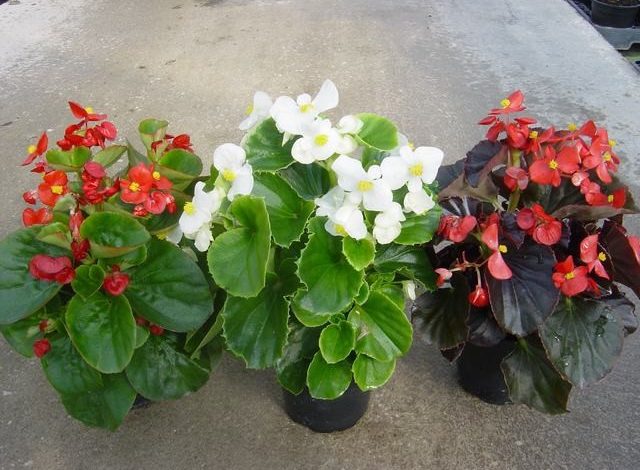
Begonias is a genus that has fifteen hundred species, of which one hundred and fifty are marketed throughout the world for use in gardening and because they are ornamental plants.
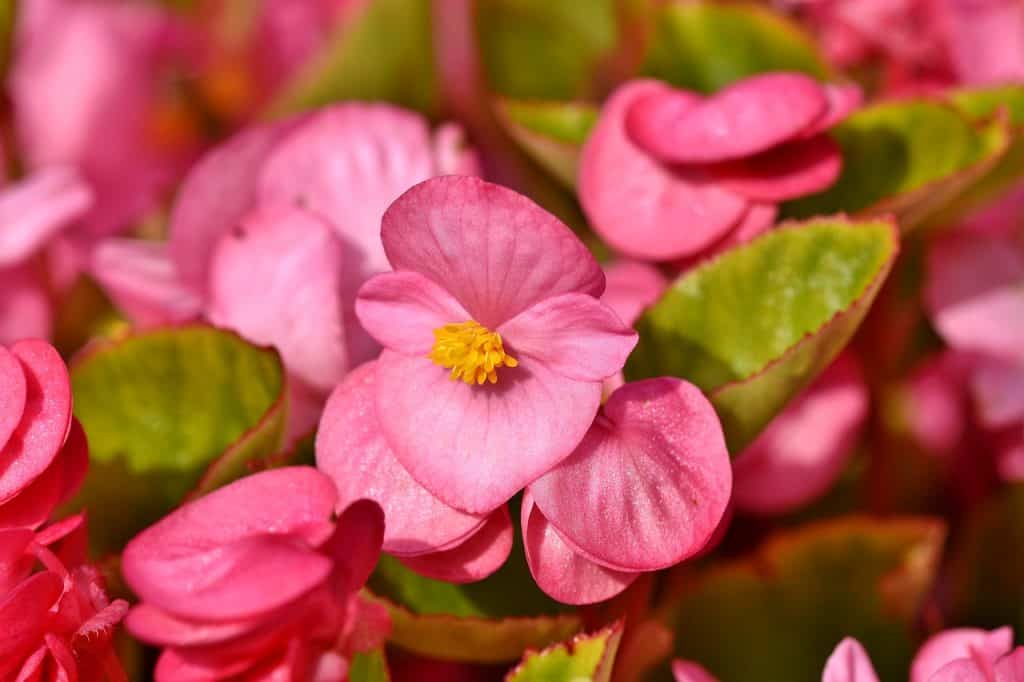 Its name is due to Charles Plumier, a French reference in botany, who wanted to pay homage to Michel Bégon, a governor of the former French colony in Haiti.
Its name is due to Charles Plumier, a French reference in botany, who wanted to pay homage to Michel Bégon, a governor of the former French colony in Haiti.
Begonias are flowers of impressive color and dazzling beauty that, among other things, are used for love, because the gift of a bouquet of begonias is proof of the feeling towards the person to whom it is conferred.
The flowers are very diverse both in shape and size and in color; they are unisexual, the male contains numerous stamens, the female has an inferior ovary with 2 or 4 branched stigmas
The more than fifteen hundred species of begonias are native, almost entirely, to the tropical or subtropical climates of Asia, Africa and South America.
Caution: Begonias can be toxic to animals such as dogs and cats. If you have pets you should keep an eye on this.
Important points when planting begonias:
- When? Begonias should be planted in the spring, a week or two after winter ends.
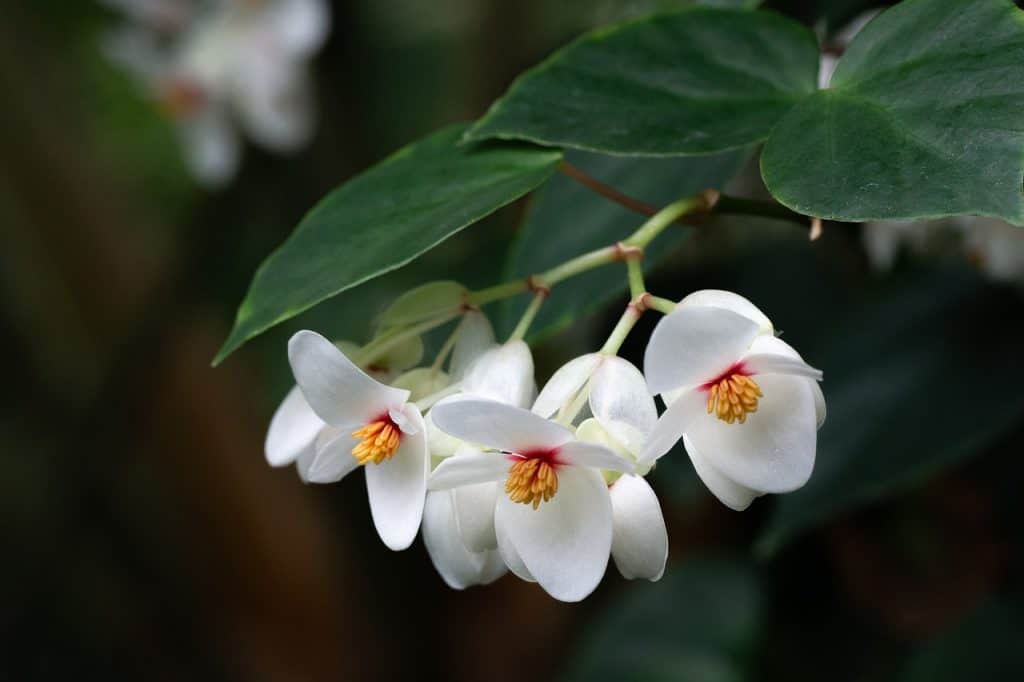
- Where? Preferably in pots, indoors, then transplanted in the garden, in compact soil, in places where they do not receive direct sunlight.
- Demanding care? It is necessary to be aware of them, especially due to the attack of pests, as well as weeding them to avoid weeds.
- How to prepare the land? The substrate must be compost with a series of requirements such as the contribution of peat and organic matter for proper development.
- How do we water? Two or more times a week, always aware of whether the ground is damp or dry.
- Plagues and diseases? Spider mites, slugs, snails, mealybugs, scale, andthe vine weevil. Also, powdery mildew, stem rot, phythium rot and botrytis blight.
When to plant begonias?
They are plants that require warm temperatures (20 degrees centigrade), for whichThey should be sown in spring.preferably two weeks after the end of winter.
This is because that is the time when there are no frosts and the right warm climate for the development of these plants has already been established.
Where do we plant begonias?
Begonias need fertile soil, it is best to plant them in compact soil, avoiding those areas where the soil is loose because that way they will not stick.
The subject of the land should not be taken lightly due to the importance that the selection of a suitable land for each plantation has on crops.
The garden plot must have acorrect and effective drainagebecause begonias need it to grow and develop.
They should be grown in pots before being transplanted into the garden.
How do we prepare the land for growing begonias?
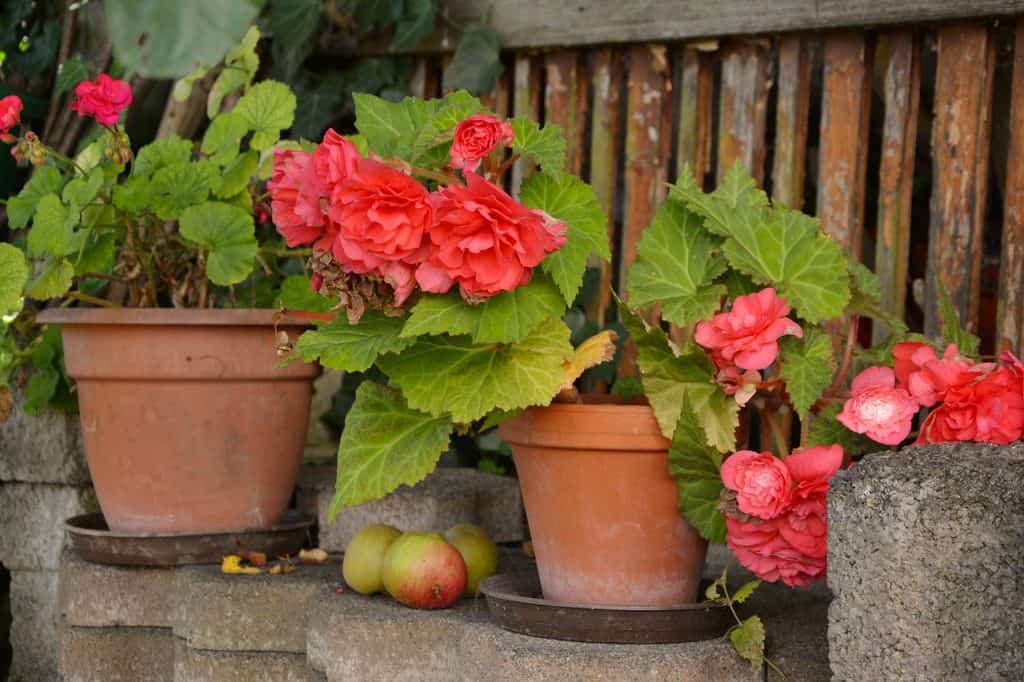 To plant begonias in pots, you needa suitable combination of substrates.
To plant begonias in pots, you needa suitable combination of substrates.
The substrate must be entirely compost.
This should have two-thirds peat moss and one-third soilless potting mix, as well as a liquid fertilizer, added to your mix.
The peat will bringacidity and improve drainage.
Outside , enough peat and organic matter must be added to the soil so that the begonias grow without any problem.
How do we water begonias?
They should be watered once a week or every two weeks.They do not need a lot of water, keeping the substrate moist is enough. It is enough to insert the finger to notice if it is wet or not; if it isn’t, then it’s time to water it.
In winter, begonias suffer from low temperatures, much more so when temperatures drop below zero degrees, in which case it is advisable to put them indoors and water them less frequently.
It is important thatthe land where they are planted does not accumulate any water,so this must be very well selected.
How do we plant begonias step by step?
- The bulbs should be planted in pots, especially those that do not have much depth, and if possible, they should be made of plastic.
- You must plant as many as you want, taking the foresight to place them in a window so that they receive a little sun.
- Two to three weeks later, the begonias should be showing their first leaves.
- This is the right time to transplant them into the garden.
- To do this, 10-centimeter holes must be dug in the shade, regardless of how close they are because they get along very well.
- After the transplanting process, to prevent the roots from rotting, they should be watered every two days or when the soil is completely dry.
- Finally, when they are mature, the begonias should be pruned twice a year.
To learn more, you can see: Begonia cuttings.
What care do you have?
Something very important that must be taken into account is that these plants need a certain degree of humidity, which is why they must be exposed to indirect lighting, never facing the sun.
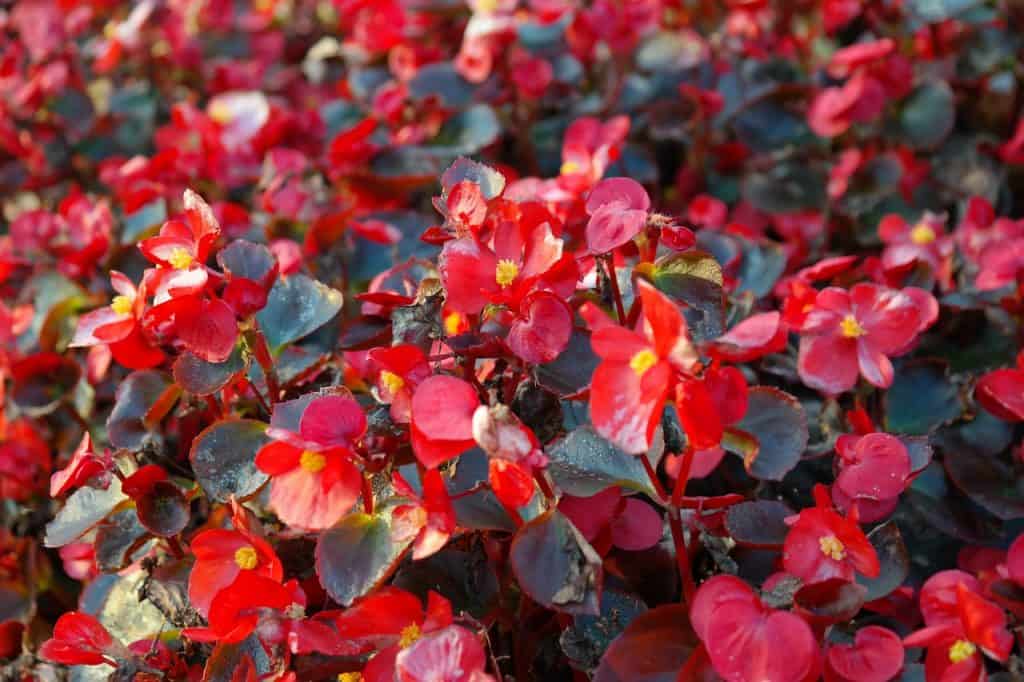 This is because they are indoor plants, so exposure to the sun prevents their development.
This is because they are indoor plants, so exposure to the sun prevents their development.
But they can also grow outdoors, as long as they are placed in a suitable place, as has been said, with indirect light.
Outside it is important to place themnear larger plantsthat will provide them with the necessary shade for their development.
Inside, it is advisable to locate them near an air intake, such as a door or window, facing east, west or south, so that they have sunlight and adequate ventilation.
It is imperative to be aware of the land, in order to weed it to prevent weeds from stripping them of the vitamins and minerals in the soil.
Likewise,must be paid every twenty daysin the morning hours and watered with liquid fertilizers every fortnight, at night.
What pests and diseases does it have?
Begonias are prone to pests and diseases. That is why strict surveillance is necessary during its growth, in order to avoid the attack of plant predators.
types of begonias
wax begonias
The most common are varieties of Begonia semperflorens, also called wax, annual, or bed begonias. These shade-loving plants add loads of color when planted under trees or placed in pots, hanging baskets or window boxes.
Wax begonias are usually grown as annuals and grow to 15-30cm in height and width.
tuberous begonias
Tuberous begonias, another very popular type, have spectacularly colored flowers and are especially attractive in hanging baskets or pots.
They also have a larger growth habit than wax begonias, growing 12 to 18 inches tall as houseplants and up to a meter or more in outdoor containers.
cane begonias
With an upright growth habit and segmented stems, cane types have beautiful foliage and bloom in a wide range of colors.
Angel wing begonias, named for their wing-shaped leaves, also belong to this group. They are popular and well suited as houseplants, but can also be grown outside. Their size varies depending on the growing conditions, from 15 to 20 centimeter indoor plants to bushy plants up to 1.5 meters.
rhizomatous begonias
Rhizomatous begonias, the largest class, are distinguished by their relatively thick stems, or rhizomes, which grow horizontally near the soil surface and sprout new roots and leaves.
They also have some of the most interesting leaves and stems and are often grown as houseplants. Sizes range from a few centimeters to large plants up to 1 meter tall and wide.
rex begonias
A subgroup of rhizomatous, Rex begonias (Begonia rex), are widely available, sold in florists and garden centers year-round, and typically reach 12 to 18 inches tall and wide.
Their bold foliage makes them a popular houseplant, but they can be finicky. They are wonderful in summer beds or pots, especially when combined with ferns and other semi-shade companions.
The pests that most affect these flowers are spider mites, slugs, snails, mealybugs, scale, and the vine weevil.
This affects them and produces diseases, among which are powdery mildew, stem rot, phythium rot and botrytis blight.


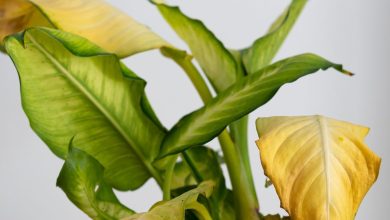
![Photo of Indoor Bonsai: [Characteristics, Varieties, Care and Irrigation]](https://www.complete-gardening.com/wp-content/uploads/2022/08/indoor-bonsai-characteristics-varieties-care-and-irrigation-390x220.jpg)
